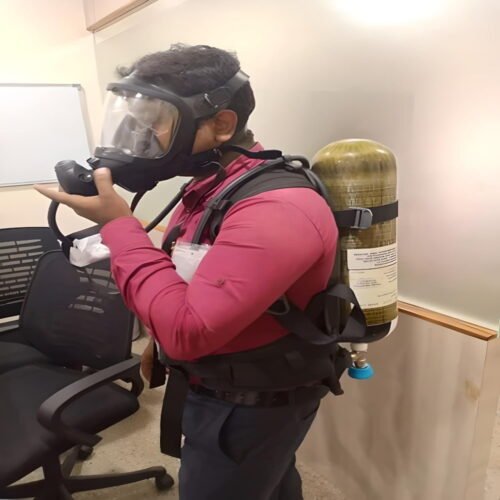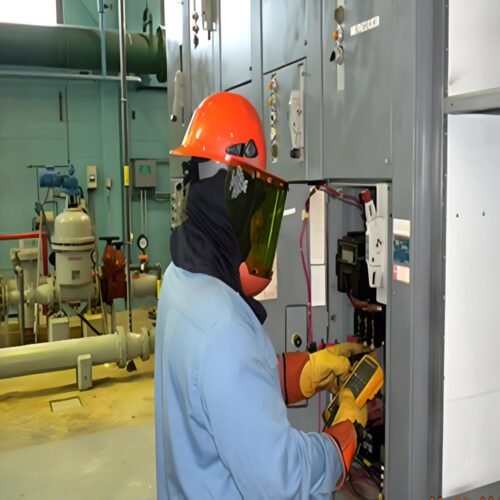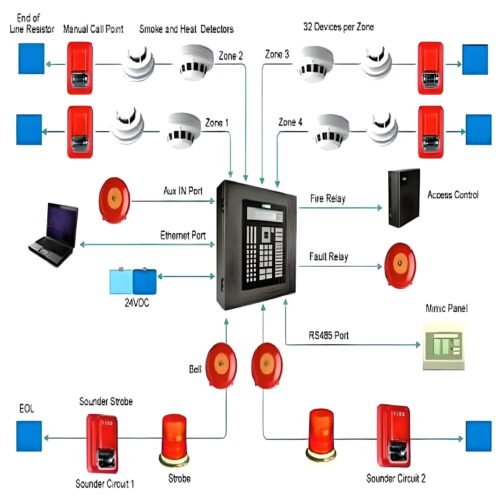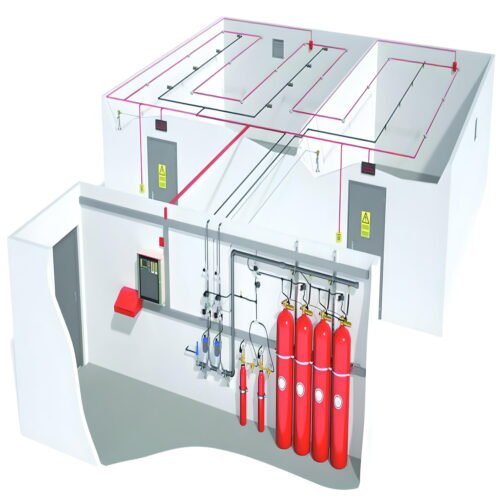Fire Hydrant System Project
Brand: Drown Fire
A fire hydrant system project involves the installation and maintenance of a network of fire hydrants connected to a pressurized water supply. This system is crucial for providing firefighters with a readily available source of water to combat fires, and it plays a significant role in ensuring the safety of a community or facility.
Project Overview:
The Fire Hydrant System Installation and Maintenance project aims to design, install, and maintain a comprehensive fire hydrant system within a specific geographical area, community, or facility. This project seeks to establish an efficient and reliable infrastructure that can deliver a high-volume water supply to firefighting teams during emergencies, thereby enhancing fire safety and protection.
Description
Fire Hydrant System Project Phases:
- Planning and Assessment:
- Conduct a thorough assessment of the area to determine the locations and quantity of fire hydrants required.
- Identify water sources, including supply pipes, pumps, and reservoirs.
- Determine the appropriate type and specifications of fire hydrants for the area.
- Design and Engineering:
- Develop a detailed design for the fire hydrant system, including the layout, spacing, and connection to the water supply network.
- Ensure compliance with local, state, and national regulations and standards.
- Select fire hydrant models and materials based on the area’s specific needs.
- Permitting and Approvals:
- Obtain all necessary permits and approvals from relevant authorities.
- Ensure that the project aligns with zoning and land-use regulations.
- Procurement and Installation:
- Procure the fire hydrants, pipes, valves, and related components required for the system.
- Install fire hydrants at designated locations following the approved design.
- Establish connections to the water supply network and configure the system for optimal performance.
- Testing and Commissioning:
- Conduct comprehensive testing of the fire hydrant system to ensure water flow and pressure meet required standards.
- Check the functionality of individual hydrants, valves, and control mechanisms.
- Develop a detailed inventory of installed hydrants and system components.
- Documentation and Training:
- Prepare operation and maintenance manuals for the fire hydrant system.
- Train local fire departments and relevant personnel on how to use and maintain the system.
- Establish a record-keeping and inspection schedule.
- Maintenance and Inspection:
- Implement a routine maintenance program to inspect, test, and maintain the fire hydrant system.
- Address any issues or malfunctions promptly.
- Conduct periodic hydrant flow testing to ensure proper functionality.
- Project Closure and Monitoring:
- Complete all project documentation.
- Hand over the operational system to the relevant local authorities or community.
- Establish a monitoring and reporting system to track the performance and readiness of the fire hydrant system project.
About Drown Fire
Drown Fire stands out as a premier wholesale supplier of a wide array of safety products and accessories. Specializing in fire safety, industrial safety, road safety, general safety, and environmental safety, we are your one-stop destination for ensuring workplace security. Our commitment to excellence is unwavering, reflected in our meticulously curated catalogue sourced from trusted manufacturers. Whether it’s personal protective equipment, industrial gear, or environmental safety solutions, we’ve got you covered. With Drown Fire, you can rely on top-quality products and expert service to keep your workplace safe and secure.














